It is definitely supposed to be winter. Christmas is only just past. A couple of years back we were knee-deep in snow on this same week. But the current high temperatures here in the South of the UK mean that some of our wildlife thinks that spring is on the way. And that can cause some serious problems if the predicted cold snap arrives. I recently visited Salisbury Plain, in Wiltshire. You’ve probably heard of it as a military training …
Category: behaviour
Well, it was nice while it lasted, but Summer has definitely gone now, and the perennial challenge of entertaining bored children on a wet weekend has returned. But what if I said you could have an exciting day out with them that costs nothing? And how much better would that get if I said that you could do some science – some actual, honest-to-goodness science – while you were at it? Well, you can. October 24th-30th is National Mammal …
I am walking on a carpet of freshly-fallen brown leaves that crunch beneath my feet. Welcome to… summer in Southwest England. As the Southwest of the UK starts to feel the bite of the drought already affecting the Southeast, the trees are responding. Unable to support the loss of moisture that comes from their single, long daily breath, they are discarding some of their leaves and retreating, reducing themselves in the hope of surviving until moisture returns. The …
I’ve recently returned from a trip to Scotland. On my way back down to Wiltshire, I decided to fulfil a longstanding ambition and visit the Farne islands. If you’re interested in wildlife, the Farnes have always beenone of those places that you need to visit at least once in your life. Nestling a few miles south of the holy island of Lindisfarne, and a couple of miles offshore from the Northumberland coast, “island” is perhaps too grandiose a word for …
This time is year is characterised by many things. The occasional sunny day (it is Summer, apparently). Hayfever. England’s cricketers gloriously losing or (this summer at least) emphatically winning. Wild orchids in their Sunday best. And the sight, on many of our grassy downlands, of a butterfly that seems have to come over from the dark side. It’s black with red spots on its wings, and when you look a little more closely, you realise that’s its not a butterfly, …
The leaf twitches. There are plenty of moving leaves in this thicket just a few yards from my home. A dense jungle of ivy and bramble, cow parsley, willowherb and fallen branches that adorns the bases of some tall ash trees, it’s alive with movement from a gusting breeze that is moving occasional teased-out-cotton clouds above me and bringing the temperature down from hot to mild. The flat white flower heads of the cow parsley jiggle, the ivy leaves flutter. …
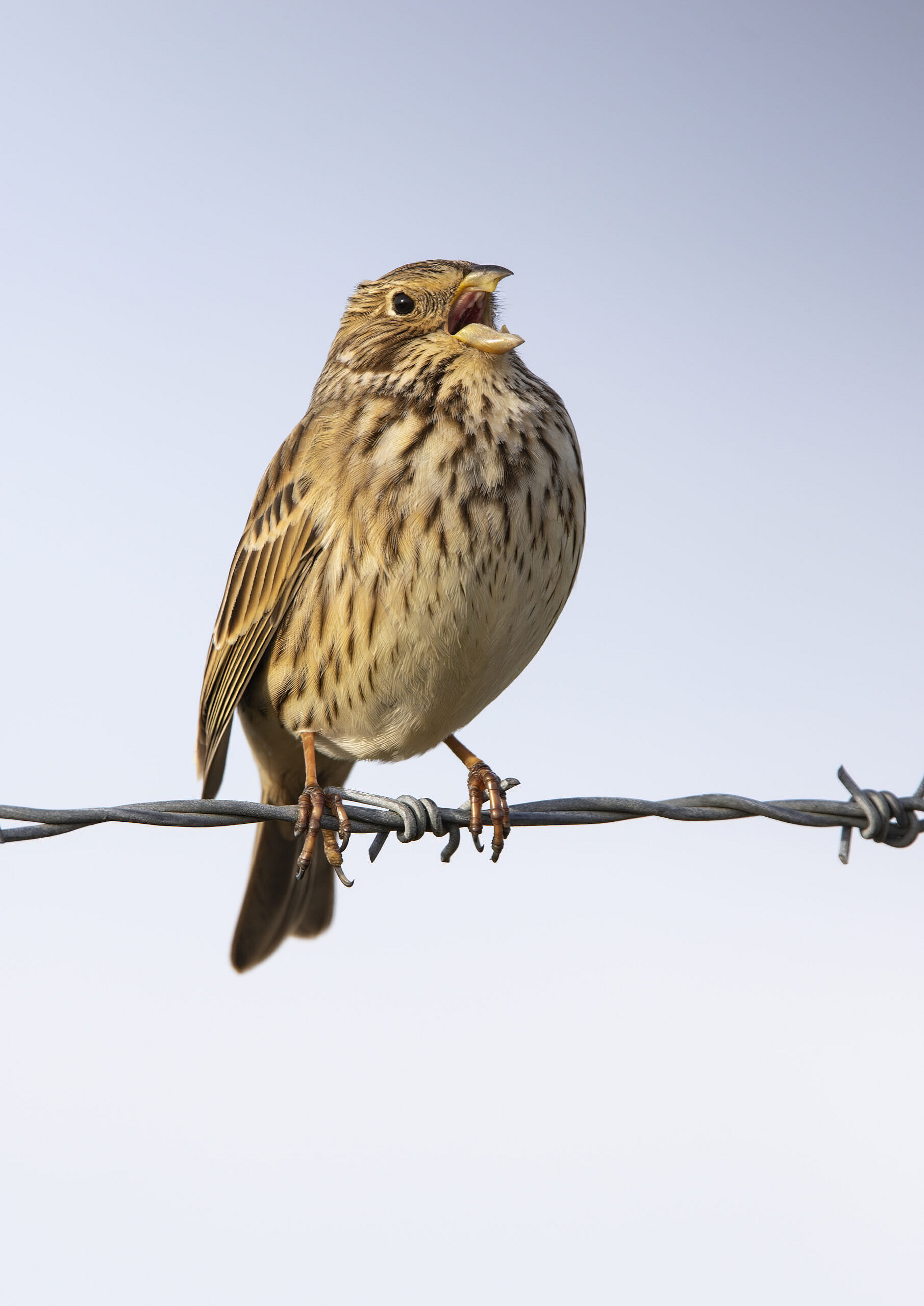
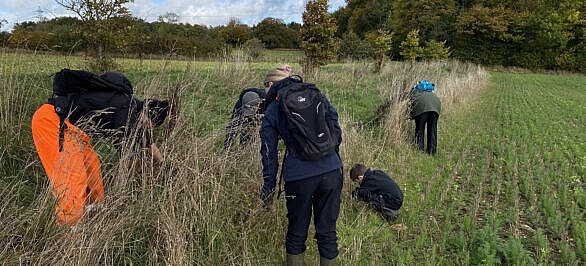
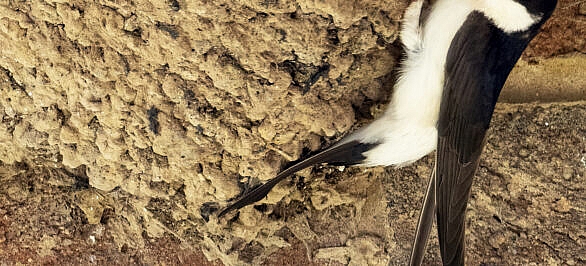
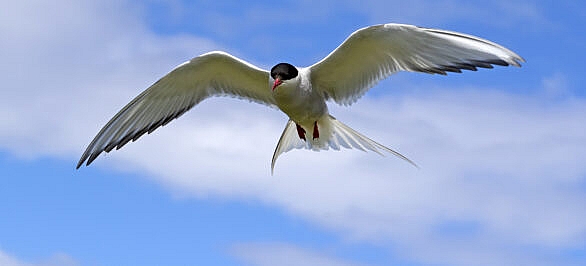
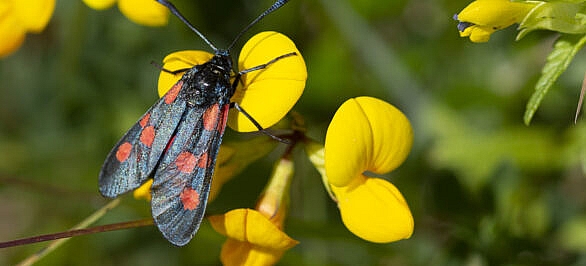
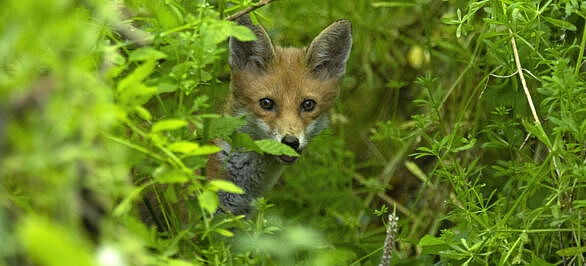


Social Profiles